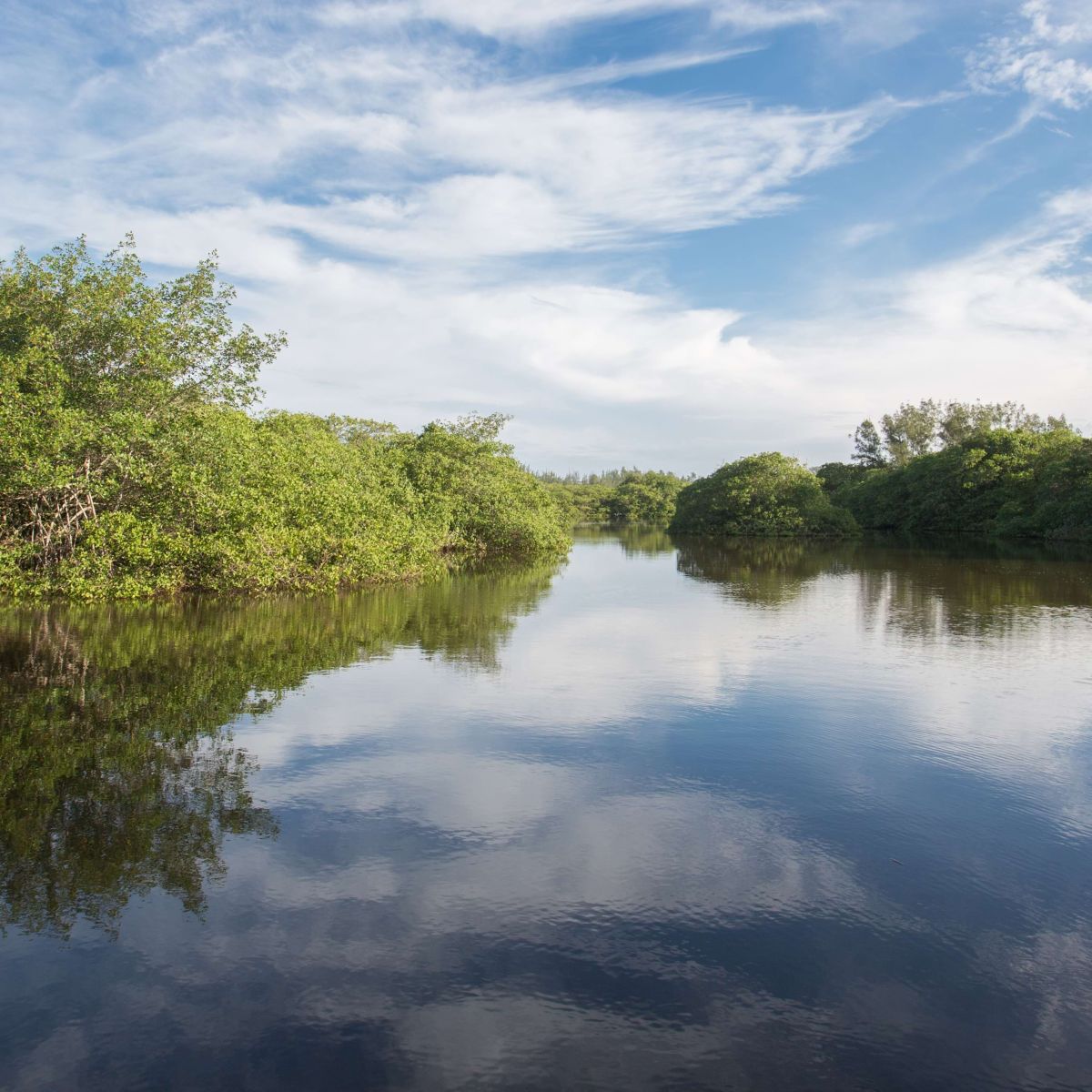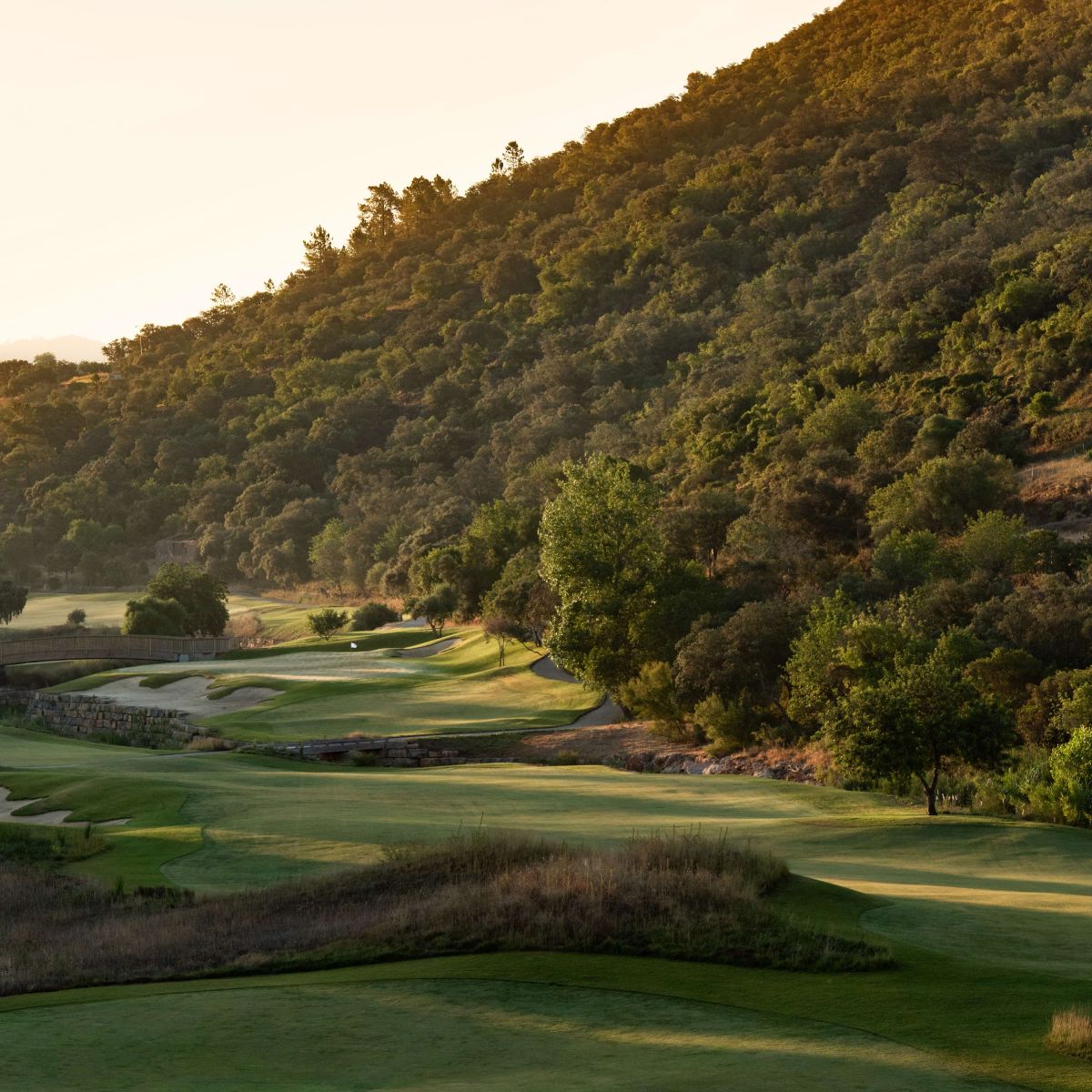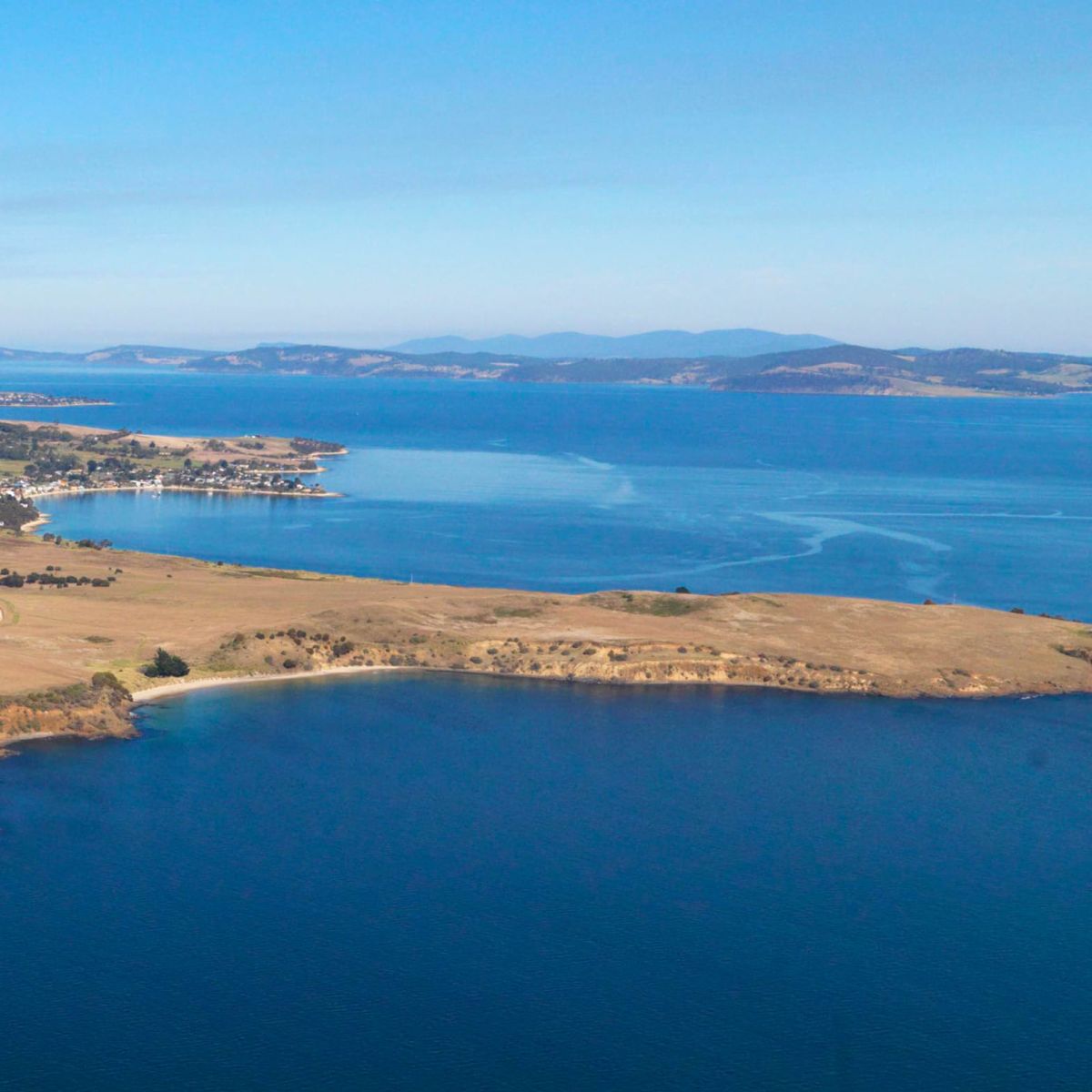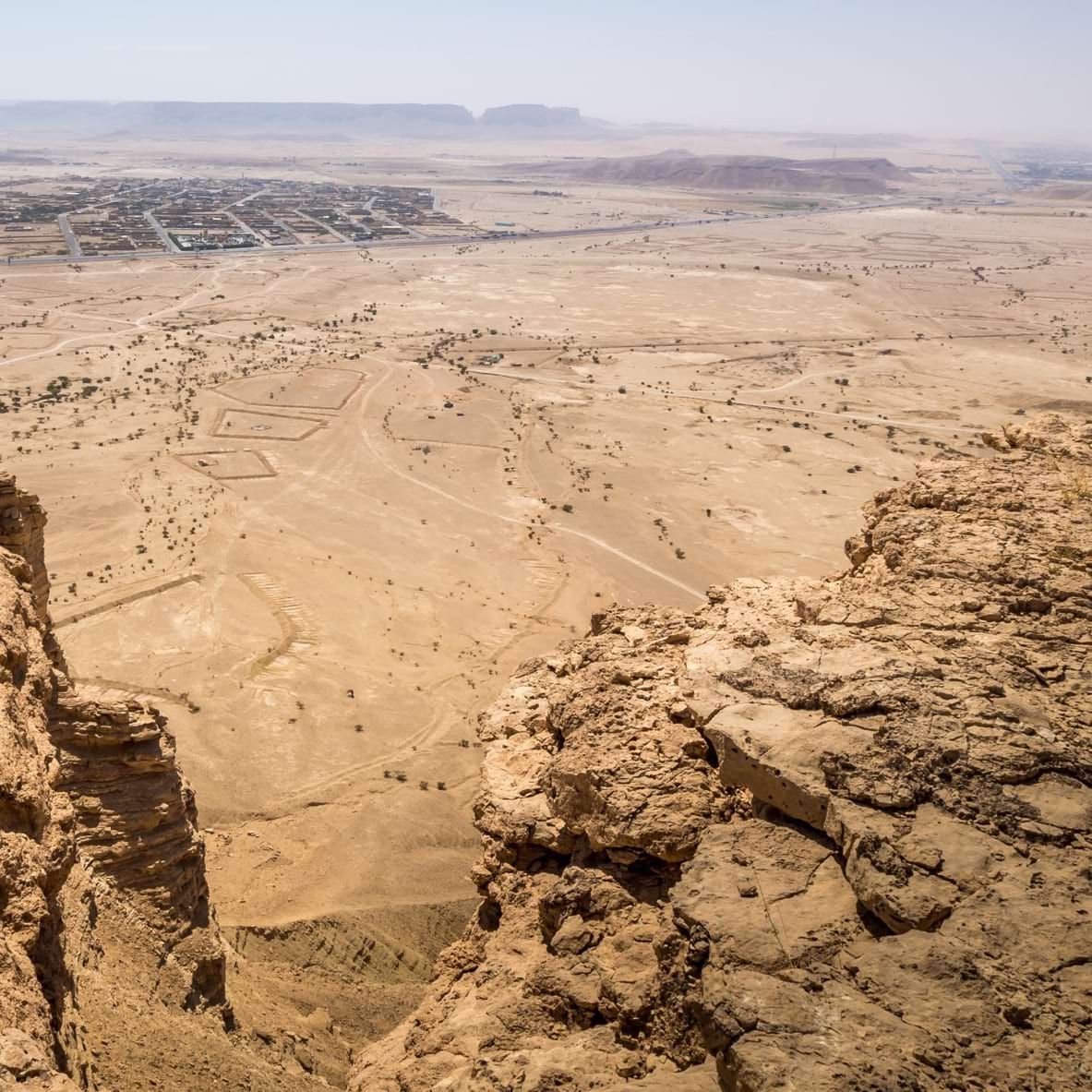Developments
Authentic golf connected to the people,
qualities and nature of its place.
An evolution of thinking not a revolution of the sport - sustainability was part of golf from the start and it must be part of golf in the future. Sustainable courses respect their surroundings and honor the natural environment. They seek to embrace the uniqueness of each site — by enhancing its history, culture, landforms, and natural environment.
Making a difference means generating positive impacts. Since 2016, we have been seeing golf developments generate these impacts in a very real, distinct, and measurable way. Today there is a growing expectation towards measuring those impacts beyond a certification.
Every project we work with generates a concise and powerful set of impact metrics against recognised external reporting frameworks – meaning they can be efficiently translated for communication out to stakeholders, governments, investors and eventually the end user.
See examples of some of our projects.
Creating over 582ha of native habitat over 18 projects across 11 countries
Preserving over 1,500 hectares of open green space across 18 countries
Sequestering around 5,880 tonnes of carbon from the atmosphere
We work closely with project teams, often from the very beginning, to provide advice and guidance on integrating sustainability into the decision making processes and working towards achieving GEO Certified® Development status. Done well, this collaborative and balanced approach will save the project time, resources, and money - in both the short and long-term.
For more information on how to partner with us on your next project click here.
1. Site Selection
Most important step in creating the direction for your sustainability journey.
2. Planning and permits
Create a compelling and credible case for the benefits being created
3. Details and build time
Define the details and find a partner to deliver an efficient construction job
4. Time in the field
Find savings in the field and implement creative solutions for the long term
5. Transition to opening
Convert on your best ideas and maximise the sustainability outputs
6. Operation and management
Hit the ground running and start to build a legacy
Renovations come in all shapes and sizes, and more and more we are collaborating with course improvement projects from across the globe - projects led by those interested in pioneering new benchmarks for sustainable improvements and investments.
We offer a range of tailored services from identifying all the sustainability-related opportunities and assessing their merits and feasibility to long-term planning and global promotion.
In every course improvement, there is a chance to deliver greater efficiencies, reduced resource use, improved playability, and create a more resilient facility for the long term and these opportunities are often overlooked and not celebrated.
Find out more about the sustainable course improvement work being done across the world.
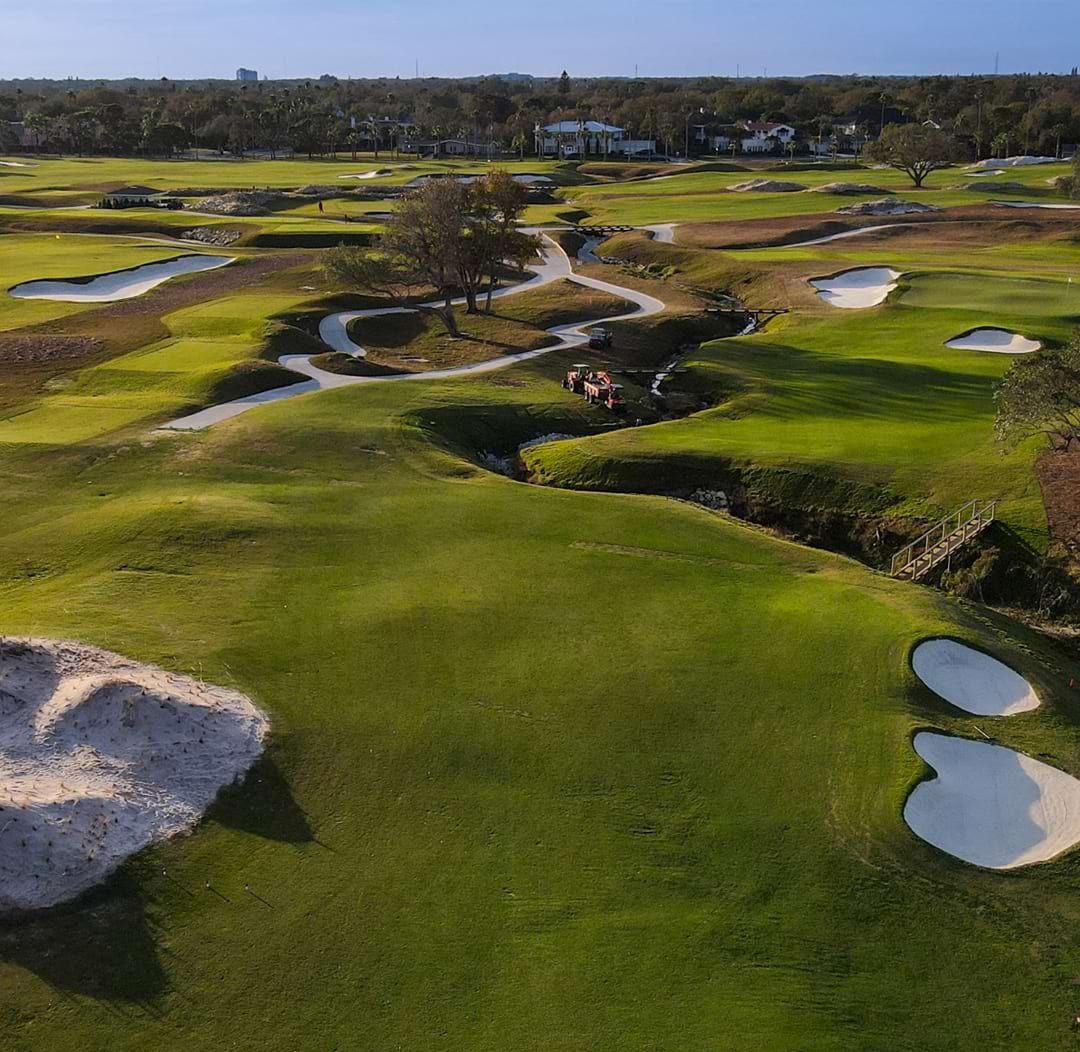
All projects we work with can be instantly connected to the global sustainability frameworks of Sustainable Development Goals, Ecosystem Services and Biodiversity Metrics. We work to help ensure projects have the opportunity to properly communicate their positive impacts in a relevant and credible way to external stakeholders, sustainability professionals and financial institutions.
There is an increasing expectation to go beyond certification and track the real-world positive impacts being derived from sustainable developments - demonstrating how we can get more whole-world value from the project for the environment and communities it touches. Get in touch if you would like to know more.
SDG 9. Industry, Innovation and Infrastructure - Invest in and utilise new innovations
SDG 11. Sustainable Cities and Communities - Connecting community initiatives
SDG 8. Decent Work and Economic Growth - Jobs and specialist skills creation
SDG 12. Responsible Consumption and Production - Re-use site materials
SDG 6. Clean Water and Sanitation - Sustainable water management
SDG 3. Good Health and Well Being - Outdoor social recreation time
SDG 7. Affordable and Clean Energy - Low carbon operation plans
SDG 4. Quality Education - Place for outdoor learning labs
SDG 15. Life on Land - Measure biodiversity net-gains
SDG 15. Life on Land - New habitat creation
SDGs in Golf 
It is important to us that any sustainability work being done on a project is done with a clear purpose and to make sure there is a measurable value generated, whether that value is to the project, the environment or the wider stakeholders and community. We have found that this is quickly and efficiently achieved through adopting an honest and open process - working in line with publicly published voluntary criteria, with outcomes that suit the site, people and project aspirations.
GEO Certified® Development status signifies those projects that have transparently communicated their decision-making processes, demonstrated thought leadership and continued throughout to raise the bar and strengthen the project's outputs. All GEO Certified® Developments can be proud and confident in the sustainability work being done and the independently verified data being generated for the project.
For more information on the credibility, oversight, governance, and due processes in place for each and every project please click here.
In recent years, the sport has shown that it is adapting to address future challenges, and new projects are pushing the boundaries of conventional golf course design. We continue to build and gather guidelines that address the global challenges being faced in golf development, such as resource availability, personal time constraints, tighter land restrictions and increasing social challenges. The next generation of golf developments are delivering greater benefits for their social and natural environments whilst providing multi-use recreational facilities for all generations.
The international sustainable golf development guidelines series explain why and how to integrate sustainable practices into your business - and provide examples of projects that have left a lasting positive legacy for people and the environment. To explore the series of guidelines available click here.


We collaborate with a number of associations, organizations and individuals throughout the golf and sustainability industries to ensure that what we do is closely connected and relevant to the latest sustainability thinking and industry innovations. Without this open collaborative approach to working, we believe our projects would not be able to benefit from crosscutting ideas and multi-faceted project approaches that ensure no opportunities are missed for resource savings, habitat gains or community connections.
Click here to learn more about our valuable collaborators.
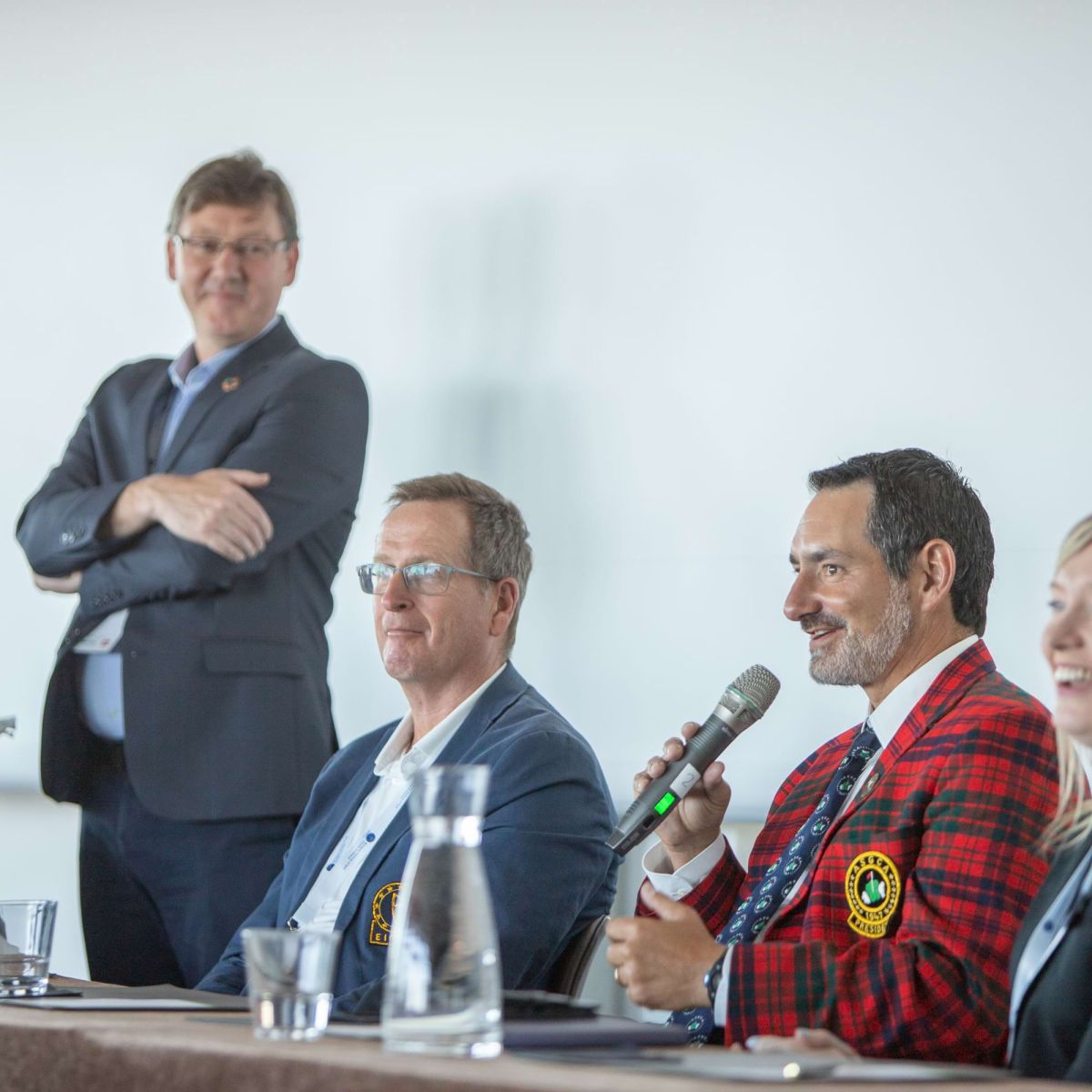
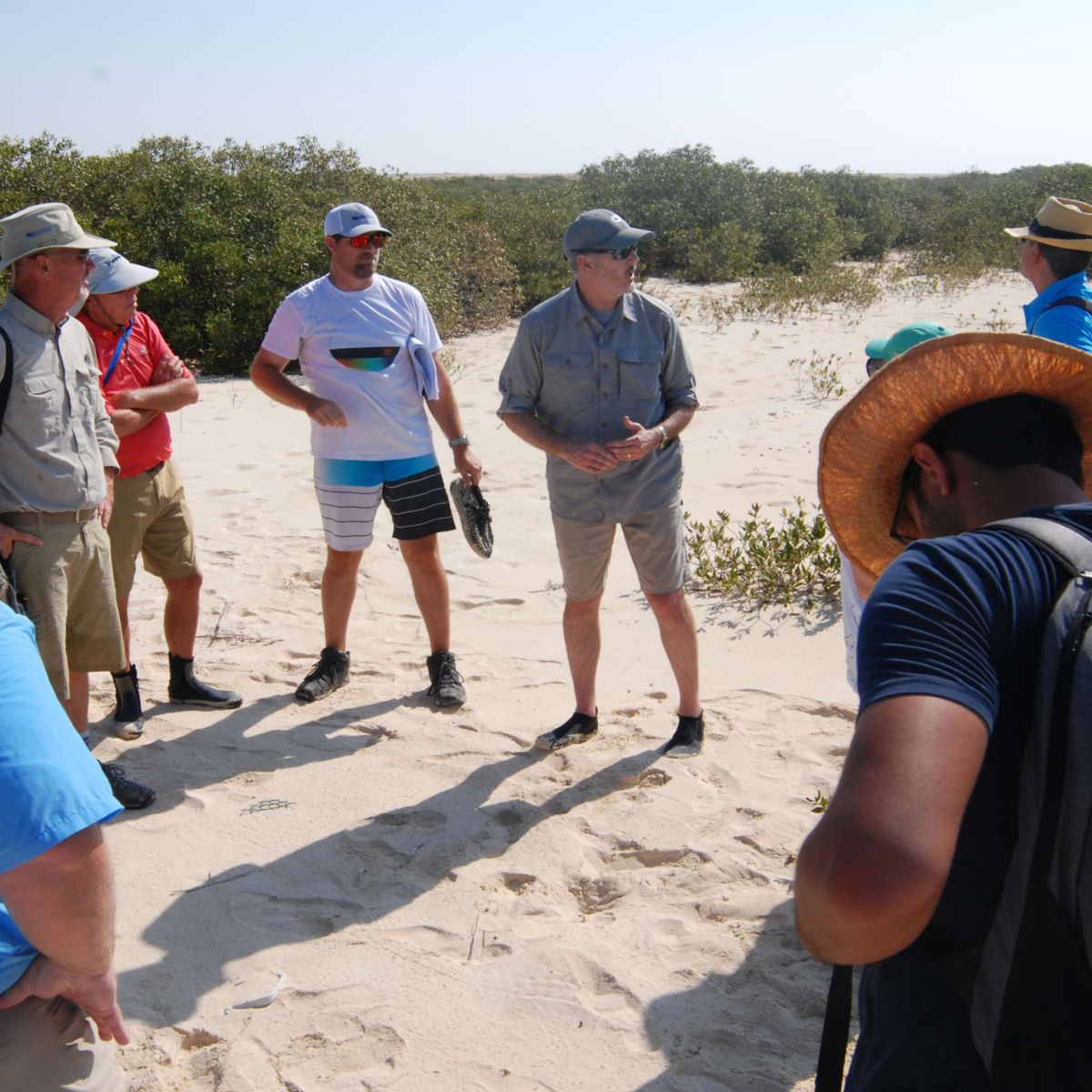
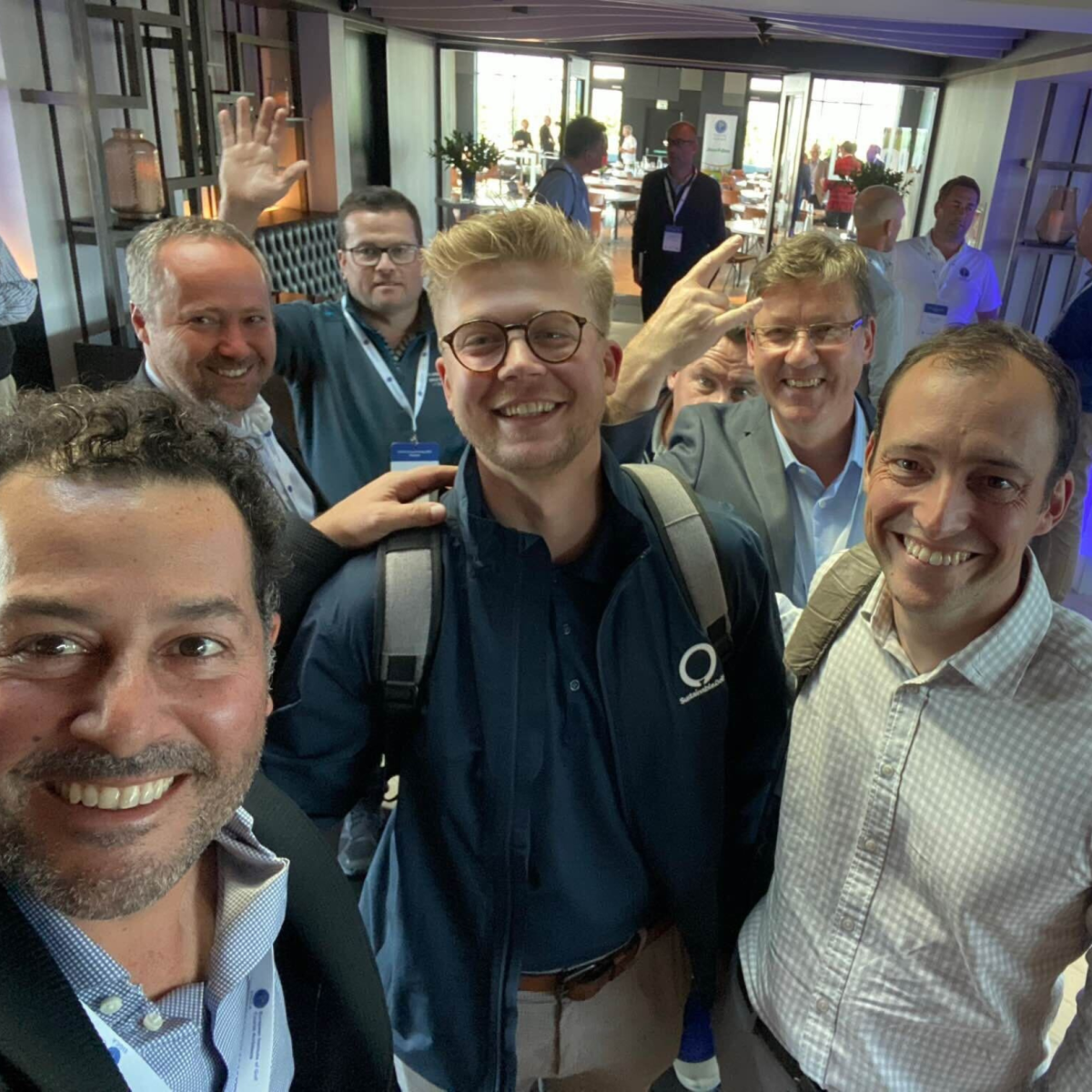
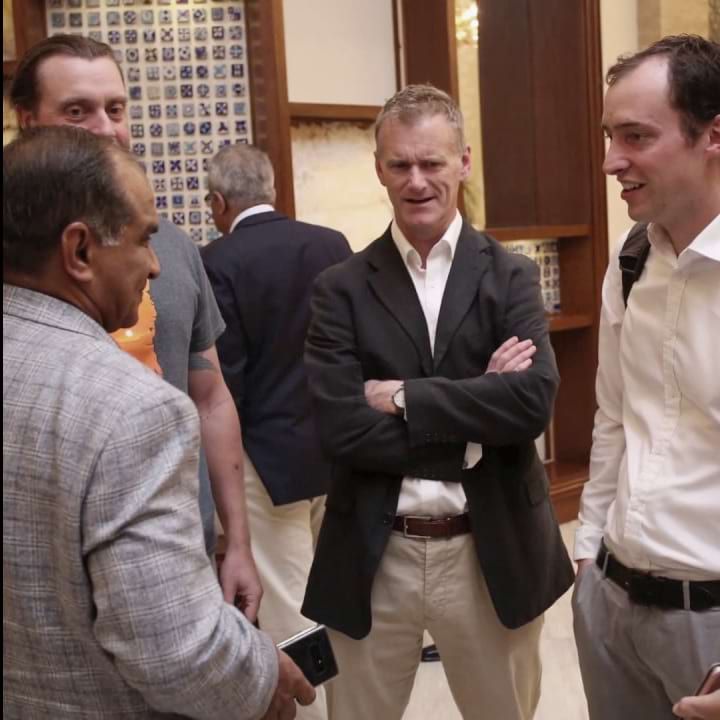
There is an increasing expectation for sustainable development to take responsible steps to address the carbon emissions generated during construction time. Golf is playing its part - there are a collection of the most committed projects we are working with, who are not only looking at the multiple benefits that they can deliver for people and nature but are actively tracking the carbon impacts of their design and construction decisions - in real-time, using real data.
We understand that construction can be a carbon intense process. Our goal is to reduce carbon emissions and increase carbon efficiencies wherever possible. We help projects with this process, working to identify areas of design and construction that are the most carbon intense. We then can provide recommendations on how to reduce these carbon emissions without compromising quality.
The last part of the carbon journey is to explore and measure all ways in which we can sequester that carbon back into the soil taking a credible, balanced, and phased approach to reaching the goal of a climate-neutral build. Find out more about golf's Driving Net Zero journey here.

